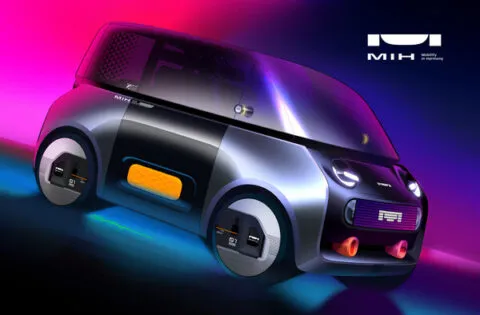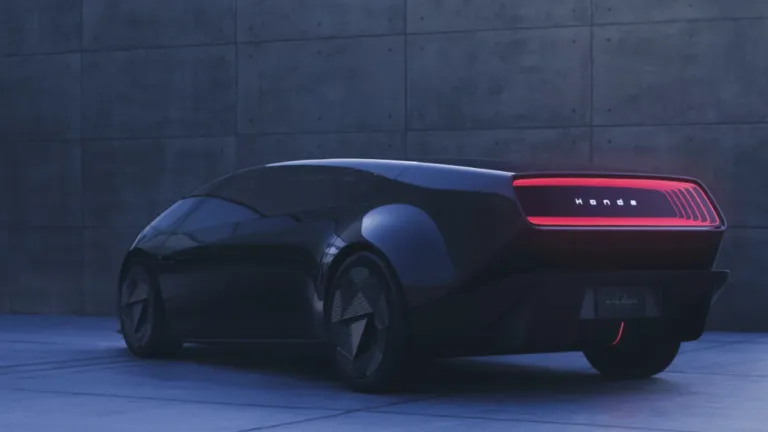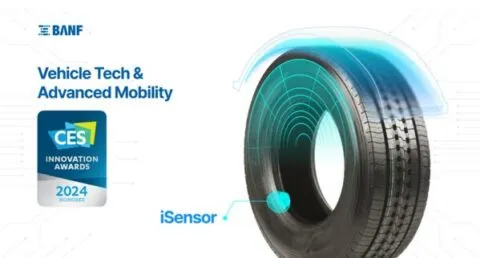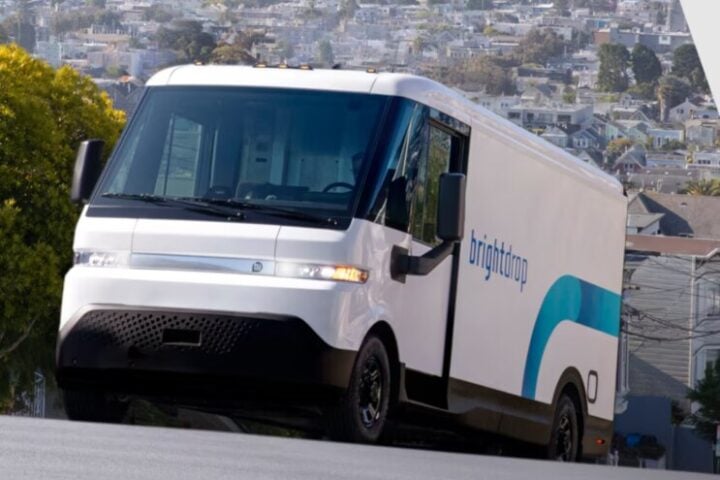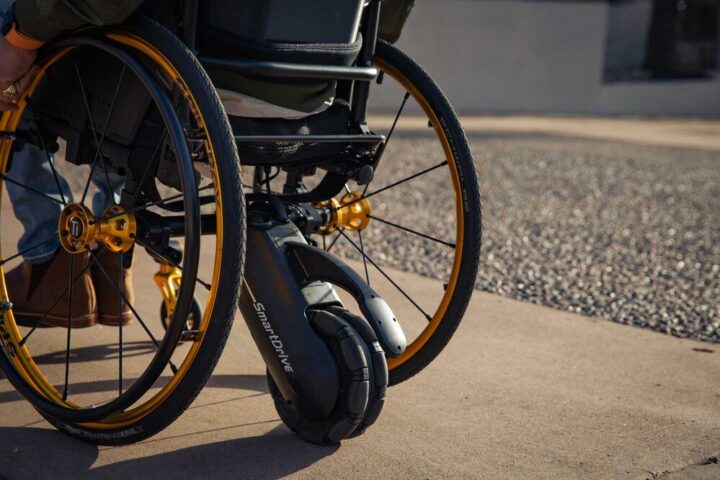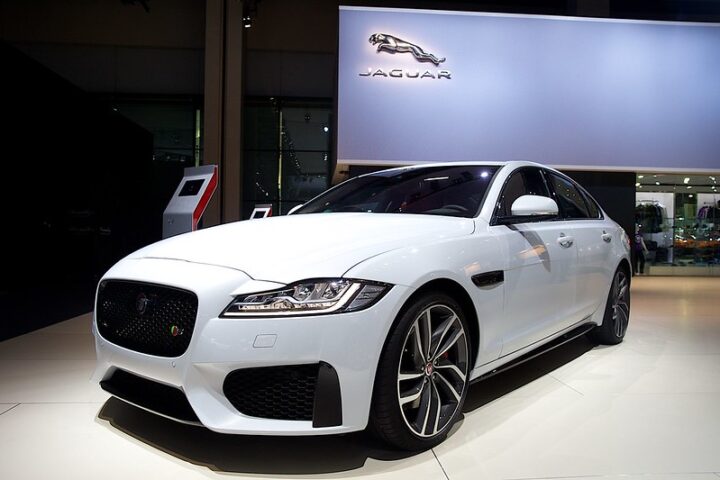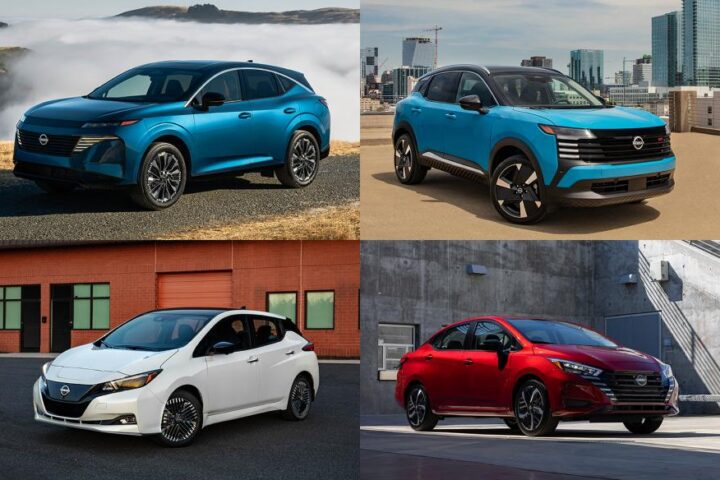The Mobility in Harmony (MIH) Consortium, led by Hon Hai Technology Group (Foxconn), has adopted BlackBerry Limited’s BlackBerry IVY® platform, marking a noteworthy advancement for electric vehicle (EV) technology. A significant stage in Project X and future EV designs for passenger and commercial use has been reached with this announcement, which was made in Taipei, Taiwan, and Waterloo, Canada. The agreement, which expands on a cooperation from July 2023, demonstrates MIH’s dedication to innovative EV solutions.
A significant advancement is the BlackBerry IVYTM integration with MIH’s car digital cockpits. It provides an extensive range of applications for tracking the health and performance of vehicles in real time. With a focus on operational management, driver safety, risk mitigation, and efficient asset utilization, this innovation is expected to improve operations for fleet operators and drivers alike.
The CEO of MIH, Jack Cheng, expressed his excitement about the BlackBerry IVY partnership. He emphasized the platform’s contribution to the growth of their EV platform and the promotion of innovation and development in the EV and mobility industries. He clarified that IVY offers a middleware base that is necessary for an open ecosystem, continuously bringing new services and experiences to a vehicle’s lifecycle. Notably, IVY offers economical, effective operational solutions with its AI-powered fleet insights that go beyond traditional telematics.
Similar Posts
SVP and General Manager of BlackBerry IVY, Vito Giallorenzo, also made comments regarding the partnership, highlighting the expansion of their association with MIH. He emphasized that this partnership began with BlackBerry’s QNX core technology and has now grown to include the IVY ecosystem for linked services. Giallorenzo indicated his desire to improve both the MIH platform and the larger EV and mobility market with advanced services.
BlackBerry IVY-powered MIH platform will be on display at the 2024 Consumer Electronics Show (CES). In order to maximize vehicle functionality and security, it consists of Vehicle Health Monitoring, Range/SOC/SOH Estimation, Driver Scoring, and Vehicle Security Analysis.
Leading provider of intelligent security software and services, BlackBerry is well-known for its ability to secure endpoints, including automobiles. With the goal of becoming the EV industry’s “Android system,” MIH Consortium invites partnerships to develop the sector, reduce barriers to entrance, and quicken innovation.
Stellantis, BlackBerry QNX, and AWS introduced a virtual cockpit that is revolutionizing in-car software engineering in a parallel development. This cloud-based cockpit, which is a component of Stellantis’ Virtual Engineering Workbench (VEW), makes use of BlackBerry’s QNX® Hypervisor, which is accessible through Amazon Marketplace. This arrangement expedites the delivery of infotainment technology, highlighting the increasing significance of software in automobiles and the industry’s transition to software-driven methodologies.
In addition, BlackBerry declared that QNX® Sound would debut at CES 2024. By separating audio and acoustics software from the hardware of the car, this platform opens up new possibilities for in-car audio experiences. It enables manufacturers to investigate new partnerships and audio-based services that can result in additional revenue streams.
QNX® OS 8.0 and the QNX® Software Development Platform (SDP) 8.0 demonstrate BlackBerry’s dedication to enhancing embedded computing for the future. In addition to offering a scalable, high-performance real-time operating system, it supports upcoming CPU architectures.
These advancements represent a significant turning point in the EV and automotive sectors, where cloud integration and software are becoming more and more important. Businesses leading the way in developing cutting-edge technologies to create a connected, effective, and sustainable automotive future are MIH and BlackBerry.
